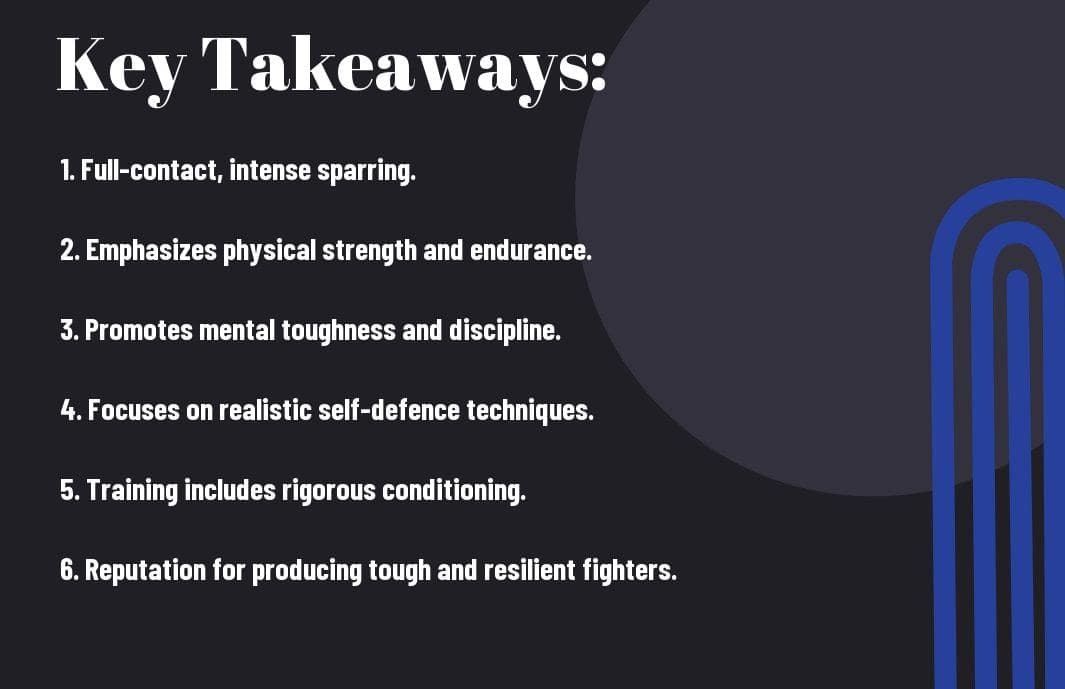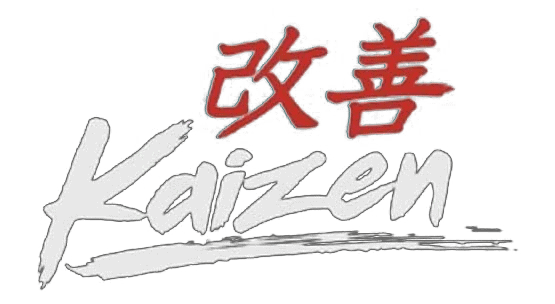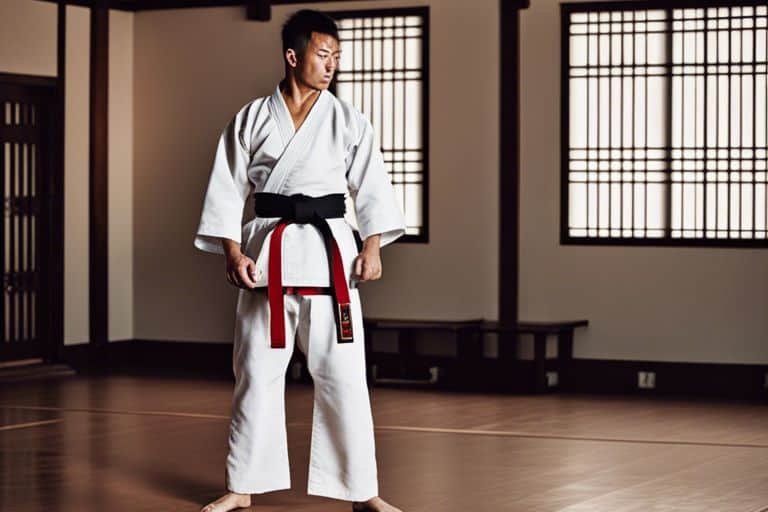Have you ever wondered why Kyokushin Karate is often referred to as the “Strongest Karate”? The answer lies in the rigorous training and full-contact sparring that practitioners undergo, which sets it apart from other styles of karate. Developed by Masutatsu Oyama in the 1950s, Kyokushin Karate emphasises realistic, intense fighting techniques, with an emphasis on physical conditioning. This style is renowned for its powerful strikes and a focus on developing mental toughness, making it one of the most effective and respected forms of karate in the martial arts community. Join us as we delve into the reasons behind Kyokushin’s reputation as the “Strongest Karate.”
Key Takeaways:
- Full-contact sparring: Kyokushin karate is known for its rigorous full-contact sparring, which allows practitioners to test their techniques in realistic combat situations.
- Emphasis on physical conditioning: In addition to honing their fighting skills, Kyokushin practitioners focus heavily on physical conditioning, developing incredible strength and endurance.
- Philosophy of toughness: Kyokushin’s ethos of perseverance and resilience, instilled in its practitioners, has earned it the reputation of being the “Strongest Karate.”
- Complete fighting system: Kyokushin incorporates a wide range of techniques, including punches, kicks, and throws, making it a well-rounded and effective martial art.
- Global presence: Kyokushin karate has a strong international presence, with many dedicated dojos and a large community of practitioners worldwide.

The Foundations of Kyokushin Karate
When you delve into the world of Kyokushin Karate, you quickly realise that its reputation as the “Strongest Karate” is rooted in its foundational principles, which have been honed and tested over decades. Kyokushin Karate was founded by Masutatsu Oyama in the 1950s, drawing inspiration from various martial arts disciplines, including Shotokan, Goju-ryu, and **Taekwondo**. The resulting style is a powerful and effective form of karate that places a strong emphasis on physical conditioning, discipline, and mental fortitude.
Key Principles of Kyokushin Training
One of the key reasons why Kyokushin Karate is regarded as the “Strongest Karate” is its unwavering focus on hard training and self-discipline. **You will find that** the emphasis on rigorous physical conditioning, such as **repetitive** full-contact sparring and strenuous **strength and endurance exercises**, is an integral part of Kyokushin training. By pushing your body to its limits, you develop physical strength, mental resilience, and a never-say-die spirit that sets Kyokushin practitioners apart.
The Role of Kata and Kumite
Another essential aspect of Kyokushin Karate is the integration of kata (forms) and kumite (sparring) into training. While kata **develops** your technique, balance, and **focus**, kumite enables you to apply these techniques in real combat scenarios. This makes your training well-rounded, ensuring that you are not only proficient in technique but also capable of executing them effectively in a live fight. The combination of kata and kumite **enhances** your overall fighting ability, making you a formidable practitioner of Kyokushin Karate.
Why Kyokushin Stands Out
When it comes to karate, Kyokushin stands out as the “Strongest Karate” for several reasons. Its focus on full contact sparring and physical as well as mental toughness sets it apart from other forms of karate.
Full Contact Sparring: A Hallmark of Strength
In Kyokushin, full contact sparring is a hallmark of strength. Unlike other karate styles that may use light or no contact, Kyokushin practitioners engage in intense, full contact sparring, allowing you to truly test your technique and resilience. This training approach not only toughens your body but also sharpens your fighting instincts, making you a force to be reckoned with in any combat situation.
Physical and Mental Toughness
In addition to full contact sparring, Kyokushin places a strong emphasis on developing both physical and mental toughness. Through rigorous training and conditioning, your body becomes stronger and more resilient, enabling you to withstand powerful strikes and deliver impactful blows. Moreover, the mental discipline cultivated in Kyokushin helps you stay focused and composed, even in the face of adversity. This combination of physical and mental strength makes Kyokushin practitioners stand out as some of the most formidable martial artists in the world.
Kyokushin’s Influence and Legacy
With its emphasis on rigorous training and full-contact sparring, Kyokushin has made a significant impact on the world of martial arts. Founded by Masutatsu Oyama in the 1950s, this style of karate has gained a reputation for producing some of the toughest and most disciplined martial artists in the world. If you want to learn more about what Kyokushin Karate is all about, you can visit here.
Kyokushin’s Contribution to Mixed Martial Arts (MMA)
Kyokushin’s intense training and focus on full-contact sparring have contributed significantly to the development of mixed martial arts (MMA). The emphasis on physical conditioning, powerful striking techniques, and effective close-range fighting has influenced numerous MMA fighters and has led to the integration of Kyokushin techniques into various fighting styles.
Notable Practitioners and Champions
Over the years, Kyokushin has produced numerous notable practitioners and champions who have left a lasting legacy in the martial arts world. The discipline and spirit cultivated in Kyokushin have produced fighters who have excelled in various combat sports and have demonstrated the effectiveness of the style. Notable names include Kazuyuki Fujita, Francisco Filho, and Andy Hug, among others.
With these considerations
It is evident why Kyokushin Karate holds the reputation of being the “Strongest Karate”. The intense training, emphasis on full contact sparring, and the focus on physical and mental strength are key aspects that contribute to this style’s distinction. If you want to delve deeper into understanding why Kyokushin Karate is renowned as the “Strongest Karate”, you can visit KYOKUSHIN “THE STRONGEST KARATE”. By exploring the principles and techniques of Kyokushin, you can develop a greater appreciation for the strength and discipline that this martial art embodies.
FAQ
Q: Why Is Kyokushin Karate Known as the “Strongest Karate”?
A: Kyokushin Karate is known as the “Strongest Karate” due to its emphasis on full-contact sparring, rigorous training, and practical applications of techniques that result in physically and mentally strong individuals.
Q: What sets Kyokushin Karate apart from other styles?
A: Kyokushin Karate is distinguishable by its full-contact sparring, the absence of protective gear, and its emphasis on rigorous physical conditioning and mental discipline.
Q: What are the key principles of Kyokushin Karate?
A: The key principles of Kyokushin Karate include discipline, respect, perseverance, and the pursuit of personal improvement through hard training and dedication.
Q: Is Kyokushin Karate suitable for beginners?
A: Yes, Kyokushin Karate is suitable for beginners as it is a martial art that can be practised by individuals of all ages and fitness levels, with progress achieved through consistent training and dedication.
Q: How long does it take to attain a black belt in Kyokushin Karate?
A: The time it takes to attain a black belt in Kyokushin Karate varies depending on an individual’s dedication, commitment, and frequency of training. On average, it may take several years of consistent training to reach the level of black belt.
Q: Is Kyokushin Karate effective for self-defence?
A: Yes, Kyokushin Karate is effective for self-defence as it teaches practical and powerful striking techniques, throws, and takedowns, as well as developing the mental fortitude and confidence needed to defend oneself in real-life situations.
Q: Can I compete in Kyokushin Karate tournaments?
A: Yes, Kyokushin Karate tournaments are open to practitioners of all levels, providing an opportunity to test one’s skills in full-contact sparring and showcase the effectiveness of the training and techniques.



